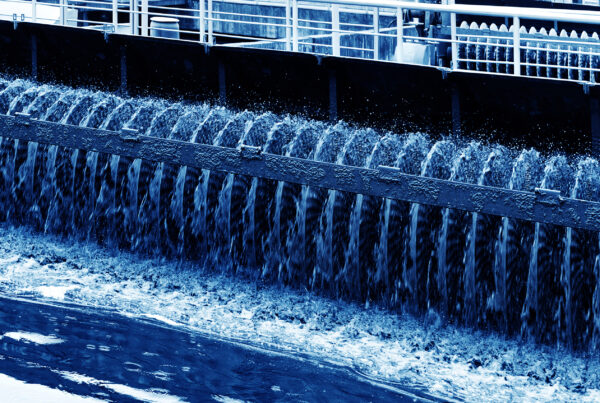Microbial control is playing an increasingly important role in conserving infrastructures. How?
Most countries are affected by the twin challenges of population growth and aging infrastructure. Securing the longevity of physical structures is a simple way to improve sustainability and reduce waste.
The lifespan of buildings can be enhanced, even when they are subject to the rigors of harsh climates and extensive use, by using microbial control technology as preservative. Paints, adhesives and sealants, plastic and wood are protected from the damaging effects of mould, mildew, fungi, algae, and other organisms.
Similarly, bridges are also made to withstand all types of weather by applying biocides. Biocides are commonly used to combat microbiologically induced corrosion, which can weaken equipment and create safety and environmental risks.
Microbial control can enhance the service life of machinery. One example is the prevention of formation of slime in pipes and other process equipment surfaces which could lead to uncontrolled build-up of deposits and/or under-deposit corrosion. In some situations, under-deposit corrosion can lead to catastrophic and costly failure of equipment. Accumulation of deposits could result in equipment failure, including explosions due to pressure build up resulting from blocked pipes. The consequences of poor microbial control in machine systems are human injuries, the need to replace equipment and the loss of production.






